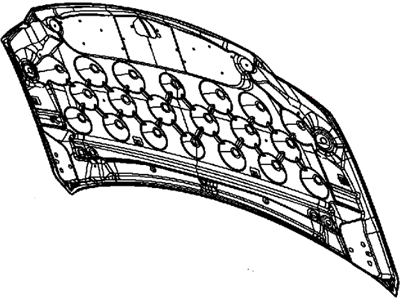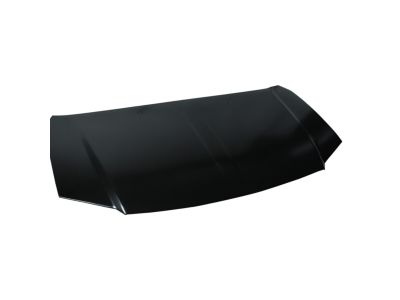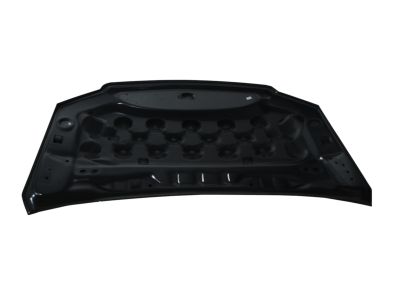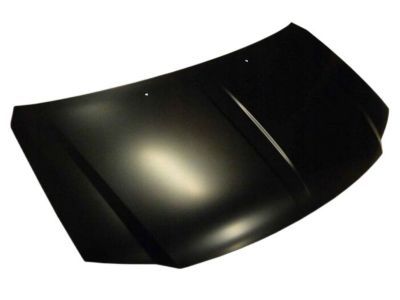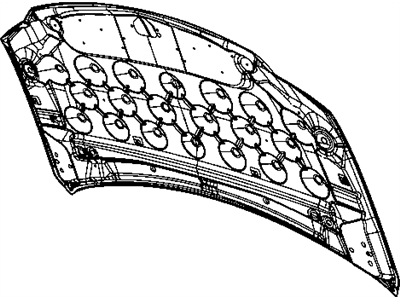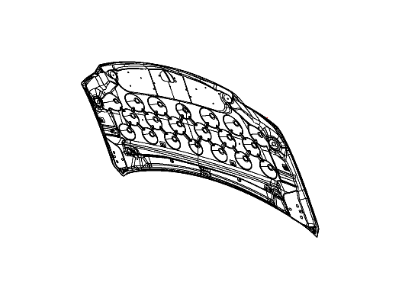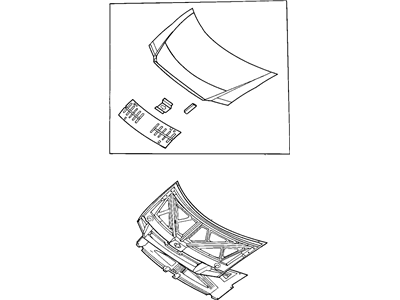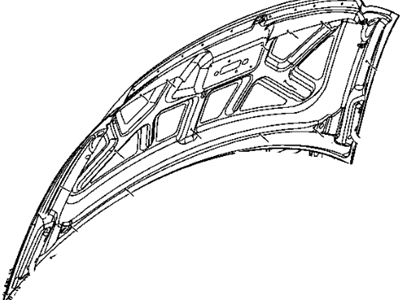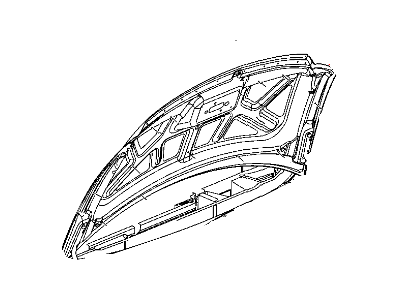
My Garage
My Account
Cart
Genuine Dodge Grand Caravan Hood
Engine Hood- Select Vehicle by Model
- Select Vehicle by VIN
Select Vehicle by Model
orMake
Model
Year
Select Vehicle by VIN
For the most accurate results, select vehicle by your VIN (Vehicle Identification Number).
9 Hoods found
Dodge Grand Caravan Hood
Looking for affordable and high-quality auto parts? Then you have already arrived at the proper online shop. We offer all Dodge Grand Caravan Hood at great affordable prices. Moreover, all genuine Dodge Grand Caravan Hood come with a manufacturer's warranty. In the long run, you would realize you have saved a lot of trouble and money with OEM parts from here.
Dodge Grand Caravan Hood Parts Questions & Experts Answers
- Q: How should the hood be removed and installed safely and correctly on Dodge Grand Caravan?A:The hood is heavy and somewhat awkward to remove and install, so at least two people should perform this procedure. Begin by using blankets or pads to cover the cowl area of the body and the Fenders to protect the body and paint during the hood's removal. Scribe alignment marks around the bolt heads to ensure proper alignment during installation, using a permanent-type felt-tip marker or a marking pen to outline the hinge plate and bolt heads. Disconnect any cables or wire harnesses that may interfere with removal, and have an assistant support the weight of the hood while removing the hinge-to-hood bolts. Carefully lift off the hood, and for installation, follow the reverse process. For adjustment, fore-and-aft and side-to-side alignment of the hood can be achieved by moving it in relation to the hinge plate after loosening the bolts. Scribe or trace a line around the entire hinge plate to gauge movement, then loosen the bolts or nuts and adjust the hood into the correct alignment, tightening the hinge bolts or nuts afterward to check the alignment. Adjust the hood bumpers on the radiator support to ensure the hood is flush with the fenders when closed, and modify the hood height by screwing the bumpers in or out. The safety catch assembly on the hood can also be adjusted after loosening the bolts, and it is advisable to periodically lubricate the Hood Latch assembly and hinges with white lithium-base grease to prevent sticking and wear.

